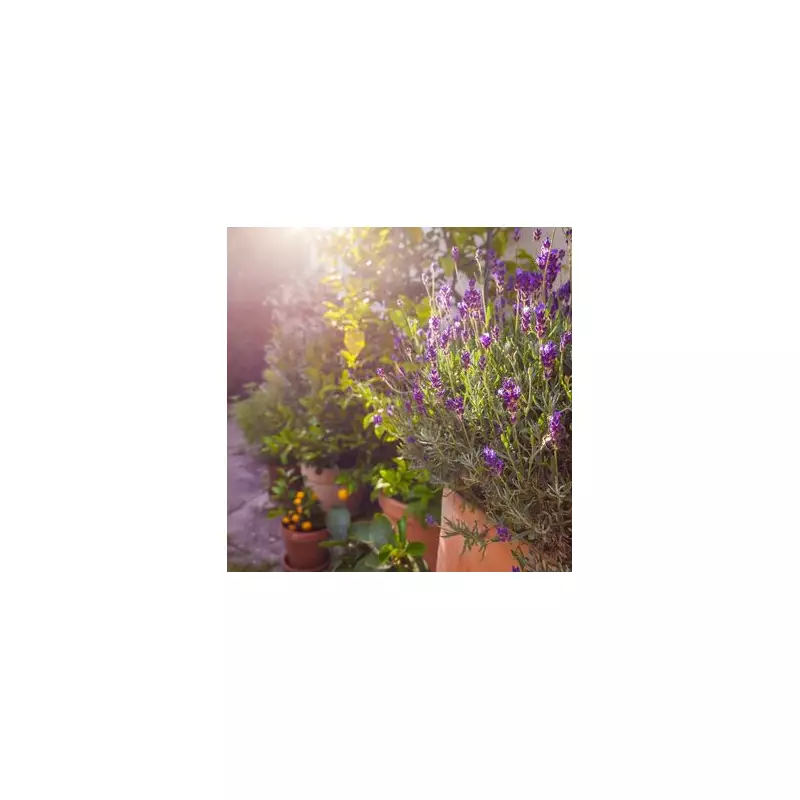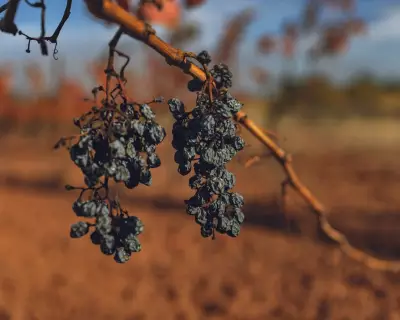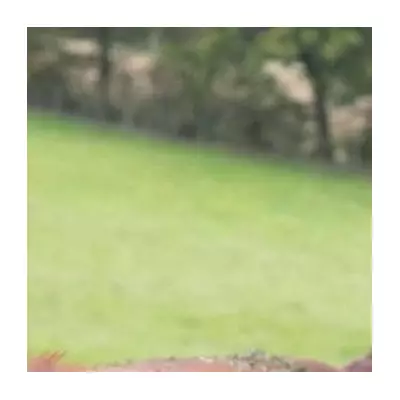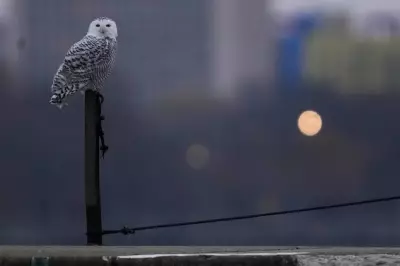
Dreaming of a garden overflowing with fragrant, vibrant lavender? The secret to achieving this horticultural triumph lies not just in sunlight and well-drained soil, but in mastering the art of the perfect prune. Getting your timing right is absolutely critical for a plant that rewards careful attention with a breathtaking display.
The Golden Rule of Lavender Pruning
According to top gardening experts, the most pivotal mistake you can make is pruning your lavender too late in the season. This common error can leave your plant vulnerable to the harsh winter elements, potentially resulting in a lacklustre performance or even its demise the following year.
Your Essential Lavender Pruning Calendar
To ensure your lavender remains bushy, healthy, and full of those iconic blooms, adhere to this simple seasonal schedule:
- The Main Summer Prune (Late August): Once the glorious purple flowers begin to fade, it's your signal to get snipping. This is your primary pruning session. Cut back the flower stalks and about an inch of the current year's green, leafy growth.
- The Spring 'Haircut' (April): As new growth emerges in spring, give your plant a light tidy-up. This simply shapes the plant and encourages even more bushy growth for the coming season.
What Happens If You Prune Too Late?
Venturing into autumn with secateurs in hand is a risky gamble. Pruning late stimulates tender new growth that simply doesn't have enough time to harden off before the first frosts arrive. This soft growth is easily damaged by cold, wet weather, weakening the entire plant and leaving an open door for rot.
Pro Tips for a Perfect Prune
- Always use sharp, clean secateurs to make neat cuts and prevent disease.
- Never cut back into the old, woody base of the plant where there are no green shoots, as lavender often will not regenerate from this hard wood.
- After pruning, a gentle feed can help support recovery and new growth.
By following this expert advice and respecting the seasonal clock, you'll be rewarded with a lavishly healthy lavender plant that becomes the fragrant, pollinator-friendly centrepiece of your garden for years to come.





